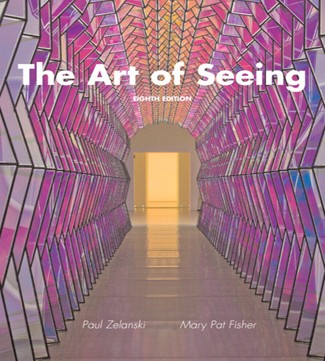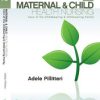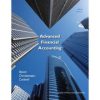The Art of Seeing 8th Edition Zelanski Fisher Test Bank
$35.00 Original price was: $35.00.$26.50Current price is: $26.50.
The Art of Seeing 8th Edition Zelanski Fisher Test Bank
Instant download The Art of Seeing 8th Edition Zelanski Fisher Test Bank pdf docx epub after payment.

Part 1: Learning to See
Chapter 1: Understanding Art
Multiple Choice
1. Some artists cannot easily explain why they create art. For them, it is __________.
A. a nightmare
B. just a job
C. an inner calling
D. a constant battle
Answer: C
Page ref: 13
2. Ideals of beauty are __________.
A. universal
B. culturally influenced
C. only found in Classical Greek art
D. impossible to paint
Answer: B
Page ref: 45
3. The meaning found in art, including the subject-matter and the emotions, ideas, and symbols is called
__________.
A. content
B. variety
C. spontaneity
D. predictability
Answer: A
Page ref: 32
4. ___________ is (are) usually necessary for someone to be able to create art from the ideas in his/her
imagination.
A. Luck and prayers
B. Training and practice
C. Money and good connections
D. Paint and pencils
Answer: B
Page ref: 14
5. Maya Ying Lin said she wanted her Vietnam Veterans’ Memorial (fig. 1.29) to be __________.
A. a dark world, like the war itself
B. a reminder to visitors of the government’s role
C. honest about the reality of war
D. none of the above
Answer: C
Page ref: 35
6. For Paul Klee, the act of artistic creation seemed to be a way of approaching __________.
A. the unseen
B. fame
C. the perfect lifestyle
D. political awareness
Answer: A
Page ref: 42
7. When someone pays an artist to create a work of art it is called __________.
A. context
B. political
C. patronage
D. unity
Answer: C
Page ref: 37
8. In the formalist approach the chief emphasis to judging quality in art is on __________.
A. attending high-quality art auctions
B. following the rules set forth by the Academy
C. how the artist manipulates elements of design
D. being a recognized art critic
Answer: C
Page ref: 48
9. The Palace at Versailles (fig. 1.30) symbolizes __________.
A. the size of the royal family
B. the power of the absolute monarch
C. a central meeting place for the French people
D. democracy in seventeenth-century France
Answer: B
Page ref: 35
10. For Koreans cloth-bound bundles known as bottari are used for__________.
A. giving old clothes to the poor
B. packing up possessions and leaving the home
C. doing household chores
D. caring for a baby
Answer: B
Page ref: 43
11. Vera Mukhina’s Machine Tractor Driver and Collective Farm Girl (fig. 1.27) is an example of
__________.
A. a genre scene
B. sociopolitical content
C. abstraction
D. capitalism
Answer: B
Page ref: 33
12. Three-dimensional artworks have __________.
A. height, width, and depth
B. three sides
C. three-point perspective
D. three vantage points
Answer: A
Page ref: 16
13. The work, Ancestors of the Passage: A Healing Journey through the Middle Passage (fig. 1.46) by
__________ treats the subject of slavery and its effects on women.
A. Chris Ofili
B. Susumu Kinoshita
C. Diego Rivera
D. Imna Arroyo
Answer: D
Page ref: 50-51
14. Idealization in art is a form of __________.
A. abstraction
B. hero worship
C. realism
D. deep thinking
Answer: C
Page ref: 18-19
15. An artist who uses abstraction as an approach is __________.
A. using mathematical formulas to figure out composition
B. extracting the essence of the real object
C. faithfully representing the physical appearance of an object
D. painting on a very small scale
Answer: B
Page ref: 20
16. Piet Mondrian’s Composition (B) En Bleu, Jaune, et Blanc (Composition in Blue, Yellow,
and White) (fig. 1.14) is an example of __________.
A. natural-looking landscape
B. nonobjective, or nonrepresentational, painting
C. a Rococo painting style
D. dramatic use of light and shadow
Answer: B
Page ref: 20
17. The first purpose of the applied arts is to __________.
A. serve some useful function
B. enable the artist to get a job
C. create artworks for museums
D. maintain traditional art forms
Answer: A
Page ref: 24
18. Wanting to stop art from being shown because of moral beliefs is called __________.
A. commissioning
B. authorship
C. funding
D. censorship
Answer: D
Page ref: 30-31
Related products
Test Bank
Test Bank for Operating Systems: Internals and Design Principles, 7th Edition: William Stallings











